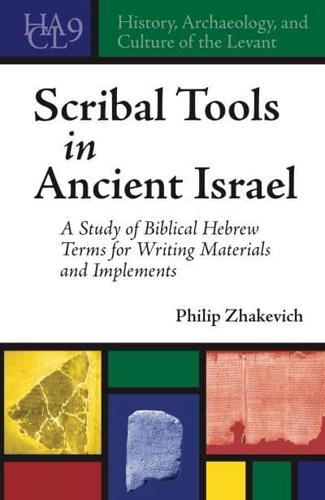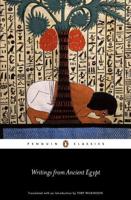Publisher's Synopsis
In this book, Philip Zhakevich examines the technology of writing as it existed in the southern Levant during the Iron Age II period, after the alphabetic writing system had fully taken root in the region. Using the Hebrew Bible as its corpus and focusing on a set of Hebrew terms that designated writing surfaces and instruments, this study synthesizes the semantic data of the Bible with the archeological and art-historical evidence for writing in ancient Israel. The bulk of this work comprises an in-depth lexicographical analysis of Biblical Hebrew terms related to Israel's writing technology. Employing comparative Semitics, lexical semantics, and archaeology, Zhakevich provides a thorough analysis of the origins of the relevant terms; their use in the biblical text, Ben Sira, the Dead Sea Scrolls, and ancient Hebrew inscriptions; and their translation in the Septuagint and other ancient versions. The final chapter evaluates Israel's writing practices in light of those of the ancient world, concluding that Israel's most common form of writing (i.e., writing with ink on ostraca and papyrus) is Egyptian in origin and was introduced into Canaan during the New Kingdom. Comprehensive and original in its scope, Scribal Tools in Ancient Israel is a landmark contribution to our knowledge of scribes and scribal practices in ancient Israel. Students and scholars interested in language and literacy in the first-millennium Levant in particular will profit from this volume.








